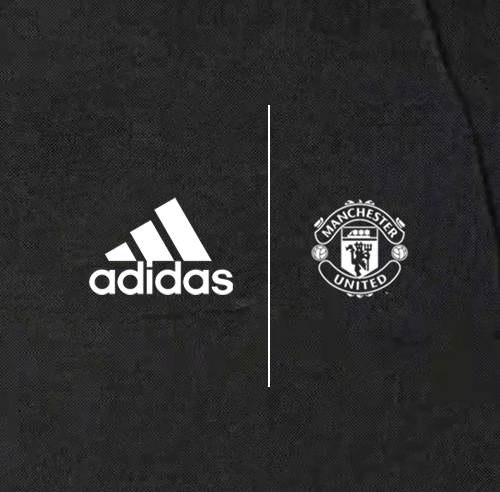How Co-Branding Partnerships Work in Sports Marketing

Co-branding, also known as brand collaboration, is a marketing strategy that involves two or more brands coming together to create a new product or service that combines the strengths of each brand.
What are the Advantages of a Co-Branding Partnership?
In sports marketing, co-branding can be used in various ways to help companies reach their marketing objectives. Here are a few examples:
Sponsorship
One common way to use co-branding in sports marketing is through sponsorship. Companies can sponsor sports teams, events, or athletes and use their logos and branding in conjunction with their own. For example, Nike sponsors many professional athletes, including Michael Jordan and LeBron James, and incorporates their names and images into their branding.
Product collaborations
Companies can also collaborate on creating new products that combine their strengths. For example, Nike and Apple collaborated to create the Nike+ iPod, which combines Nike’s athletic footwear and apparel with Apple’s technology.
Endorsements
Companies can also use co-branding to promote products through athlete endorsements. This cooperation involves using the athlete’s image and name to endorse the product, which can help to increase brand recognition and sales.
Event Partnerships
Companies can partner with sports events to promote their products and services. For example, Coca-Cola is a major sponsor of the Olympics and uses the event to promote its brand to a global audience.
4 Ways to Benefit from Co-Branding
We have collated four ways brands can benefit from co-branding in sports marketing and beyond.
Expanded Reach
Co-branding allows businesses to reach a larger audience than they could on their own. By partnering with another brand, businesses can leverage their partner’s customer base and reach a new audience. This partnership can result in increased brand awareness and sales.
Increased Credibility
Businesses that partner with a reputable brand can benefit from the partner’s established reputation and credibility. This can enhance the perceived value of the products or services being offered and increase customer trust.
New Product Offerings
Co-branding can also allow businesses to create new products or services that combine the strengths of each partner. These new products can lead to new revenue streams and increased customer loyalty.
Cost Savings
By partnering with another brand, businesses can share the cost of marketing and advertising efforts. This cost-sharing can result in significant cost savings for both partners and allow them to invest more in other business areas.
Examples of Successful Co-Branding Partnerships
On the back of this, it’s important to see examples of successful co-branding partnerships, and we hope you can use them to inspire your own campaigns.
Nike and Apple
The Nike+ iPod was a co-branded product that combined Nike’s athletic footwear and apparel with Apple’s technology. The product allowed users to track their workouts using Nike+ sensors in their shoes and sync the data to their iPods.
Uber and Spotify
In 2014, Uber announced a partnership with Spotify that allowed riders to connect their Spotify accounts to the Uber app and play their music during their ride. This partnership helped to enhance the rider experience and differentiate Uber from its competitors.
McDonald’s and Coca-Cola
McDonald’s and Coca-Cola have had a long-standing co-branding partnership, with Coca-Cola being the exclusive beverage provider for McDonald’s restaurants. This partnership has helped to reinforce the strong association between McDonald’s and Coca-Cola in the minds of consumers.
GoPro and Red Bull
GoPro and Red Bull have collaborated on several co-branded events and marketing campaigns. For example, the two brands partnered on the Red Bull Stratos project, which featured Austrian skydiver Felix Baumgartner breaking the world record for the highest freefall jump while wearing a GoPro camera.
BMW and Louis Vuitton
In 2015, BMW and luxury brand Louis Vuitton partnered to create a limited-edition luggage set explicitly designed for the BMW i8 hybrid sports car. The partnership helped to enhance the exclusivity and luxury appeal of both brands.
These successful co-branding partnerships demonstrate how collaborating with another brand can help to create new products, enhance the customer experience, and increase brand awareness and loyalty.
